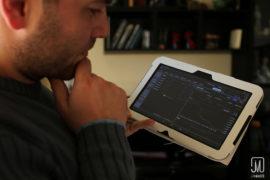
By: Jim Scherrer
CPI Inflation Calculator | ||
If in (enter year) | ||
I purchased an item for $ | ||
then in (enter year) | ||
that same item would cost: | ||
Rate of inflation change: | ||
Why hesitate; isn’t it about time that you at least consider making an investment decision totally contrary to those recommendations that you’ve been receiving from your personal financial “guru” that have cost you 40% of your life’s savings? Come on down and retire in Mexico; maybe you’ll even want to buy a bag full of Mexican Libertads or dabble in the Mexican Bolsa through a vehicle such as the EWW fund while enjoying retirement to its fullest! Who knows; as you’re relaxing in your beach front condo on the Mexican Riviera, perhaps your investments in Mexico will gain enough over the next couple of years to recover what you’ve lost during the past decade!
Claim up to $26,000 per W2 Employee
- Billions of dollars in funding available
- Funds are available to U.S. Businesses NOW
- This is not a loan. These tax credits do not need to be repaid
Jim Scherrer has owned property in Puerto Vallarta, Mexico for 26 years and resided there for the past twelve years. The mission of his series of nearly 70 articles pertaining to retirement in Puerto Vallarta is to reveal the recent changes that have occurred in Vallarta while dispelling the misconceptions about living conditions in Mexico. For the full series of articles regarding travel to and retirement in Vallarta as well as pertinent Puerto Vallarta links, please visit us at PVREBA



